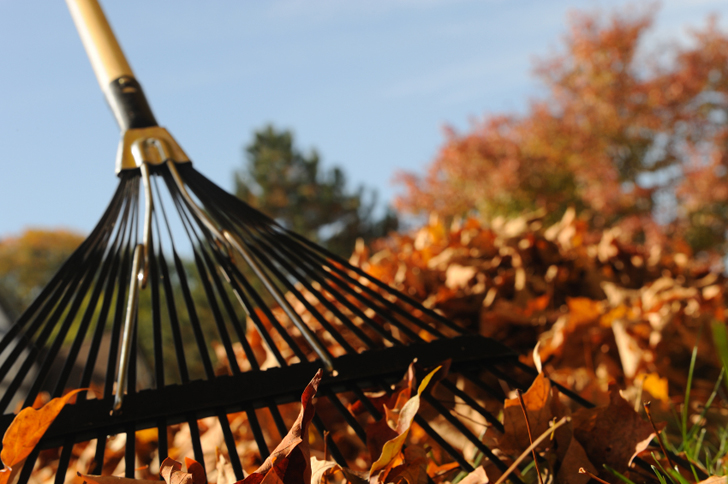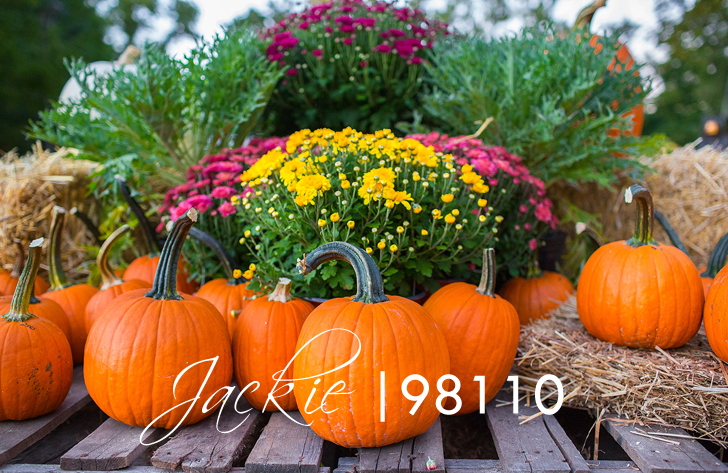Set a festive mood with fresh fall plants while preserving and protecting your landscape and water features.
November is the final month to prepare the garden for winter. It’s rather like tucking children into bed at night: They have played all day, and now they’re tired. There’s the bath-time ritual, followed by a quiet story before they snuggle under the quilt for several blissful hours of rest — for both of you.
The garden has been playing hard and growing for more than eight months. Now it’s time to get it clean and tidy before its winter rest. Just a few hours spent in the garden this month will ensure that you both reach spring with renewed vigor and enthusiasm.
Protect your water features. Some of us are procrastinators, and some of us are just plain forgetful. This photograph shows what happens to fountains during a hard freeze in either case.
To avoid creating such dramatic ice sculptures, remember to drain small fountains and either store them in the garage for the winter or cover them to prevent water entering and freezing. Small submersible pumps are also best removed and stored indoors until spring.
Larger ponds and waterfalls may have a sufficient volume of water cascading through them that the entire body of water will not freeze, and the pump is either too deep to be affected or is in a protected enclosure aboveground. If you're in doubt, contact your local pond supply company for advice.
This is also the time to winterize your irrigation system. We use a simple drip watering system for all our containers as well as for our vegetable garden. The hoses can be left in place, but we disconnect the battery-operated timers and bring them inside for the winter.
Landscape irrigation companies usually offer a winter service to drain the lines if necessary — contact them today.
Add a few inches of compost. If you apply compost to the garden now, the rains will help its nutrients leach into the soil, and the worms will till it while I’m nice and cozy indoors. Some gardeners prefer to mulch in spring. If your garden soil is in poor shape, experts recommend adding compost in both fall and spring for three years and then once a year after that.
Check your drainage. In early fall, when the weather is still nice, walk slowly around the house and inspect the ground where it meets the foundation. Soil should not be touching siding and should slope away from the house, dropping at least 6 vertical inches over the first 10 feet.
Fall Planting. Spring is overrated for planting perennials, shrubs and trees. Starting plants in autumn has advantages for both garden and gardener. Not only is cooler weather easier on new plants and tired bones, but planting in a spent garden with rain on the horizon also has advantages – less watering being one of them. Go for some Classic Chrysanthemums, Decorative Flowering Cabbage and Kale, Hardy Geraniums and Seedums to fill in empty spots in the garden and keep it looking fresh and happy until Spring finally arrives.
 Facebook
Facebook
 X
X
 Pinterest
Pinterest
 Copy Link
Copy Link



